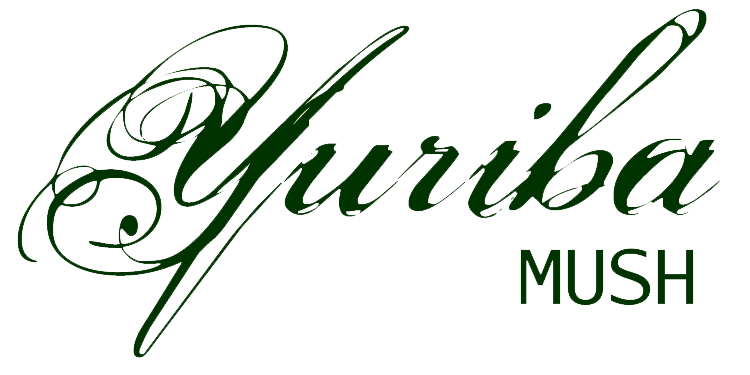Moss Sloth
The Moss Sloth is a native species of sloth living on the island. It gets its name because of the various types of moss, algae, and fungi that grow on its fur. This also has led to the moss sloth being called green sloths.
Appearance
Moss sloths look very much like their non-native cousins. They have three toes and long limbs used to hang from tree branches. Their fur is brown in color but usually people call them green because their fur is a habitat for types of moss, algae, and fungi. Their fur also tends to grow away from their extremities unlike most animal species due to them hanging from branches most of their lives. The sloths have short, flat heads with large eyes and little snouts. The sloths usually are around 4-5 feet in length.
Habitat, Diet, and Behavior
Moss sloths live almost their entire lives in trees. Hanging from branches they rarely move, due to their slow metabolism moving even a small amount burns more calories than in other creatures. Most sloths keep to the Yuriba Forest, but any trees are suitable habitats, with some living up in the mountains as well as the mangroves. The moss sloths feed almost exclusively on the moss, algae, and fungi that grows in their fur. They supplement their diet with leaves from the trees they live in. The sloths will usually scrape moss from the trees their inhabit, planting it in their fur where it usually takes root and grows along with the algae and fungi that naturally develops. Young sloth will sometimes travel short distances to nearby trees and along the way collect different kinds of moss for their fur. This also has the benefit of migrating moss species across the island. Along with moss, algae, and fungi that grows in their fur various tiny insects sometimes take up residence as well including a type of moth known as the sloth moth due to it living exclusively on sloths and laying their eggs in the sloth's fecal matter when it descends about once a week to defecate.
Unlike their non-island cousins, the moss sloth has adapted to the island's winter. When fall starts the sloths are known to acquire more moss from their tree or surrounding area. This helps act as insulation along with their dense fur. This is probably the most active time for the moss sloth. Like squirrels and other rodents hording food for the winter, the sloths feast on moss and algae in the area bulking up. Once this is done, usually around the time the snow starts to fall they enter a kind of hibernation while clinging to their trees, which can be summed up by simply freezing solid, or nearly so, an ability previously only exhibited in amphibians. This ability has given rise to the questioning of if they are purely 'natural' creatures, or if there is a magic to them, and has lead the natives to most strongly associate the sloth with the Goddess Zansho due to their main active time being in the warmest months. The winter is a worse killer of the moss sloths than any of the island predators, largely due to falling from their perches. Those that make in through the winter are quite weak and can take some time to recover. Some sloths have a habit of slowly migrating to trees around the island's hot springs. It's believed that come spring, because of the closeness of several sloths this is what leads to many of them breeding.
Moss sloths do pretty much nothing. They have an extremely slow metabolism to process the moss and algae, along with the leaves, that make up their diet. The sloths are known to continue hanging from the trees even after death. They even give birth while hanging from their tree, with the young clinging to the mother and feeding off her moss and algae until large enough to start climbing the branches themselves. Since they blend in with the foliage the sloths are rarely the target of predators, though some are caught on the ground since they have the habit of defecating and burying it in the same spot around their tree. Usually their main predators are the artisan wolf and noble sea-eagle. Moss sloths usually only give birth to one young a year, and even then due to their lazy nature sometimes not even that.
Additional Information
Some islanders have found that the moss sloth's fur holds various organisms and types of moss, algae, and fungi that can be used for medicinal purposes. Even strange mutations have developed, and some have been used for types of poison though they don't seem to affect the sloth. Observation of the 'sloth' has come to the conclusion that it is not a true sloth as the climate is too temperate for traditional sloth to survive. It's habit of freezing solid in the winter has given rise to the question of if it is some form of fae creature, an animal of magic rather than of natural origin. While not associated as strongly with the goddess Zansho as animals like the cat are, it's active period in the summer and it's lazy, idle wandering in search of more algae and moss have given it loose connection to Zansho, eternally personifying the lazy impulse the warmth of the sun can give summer days.
